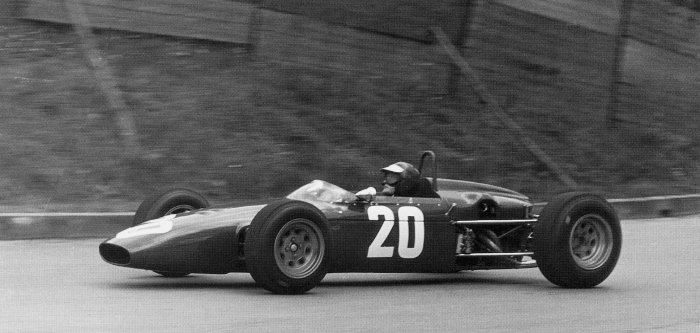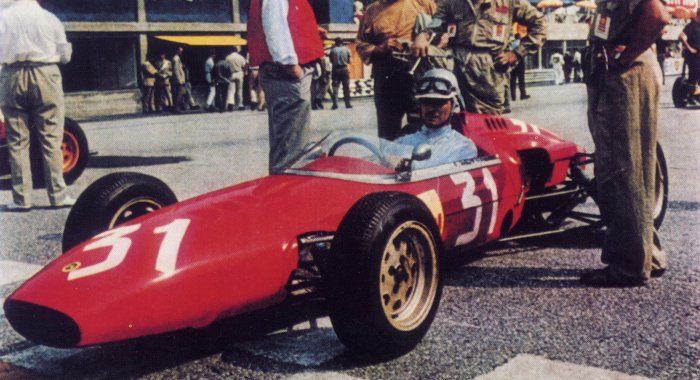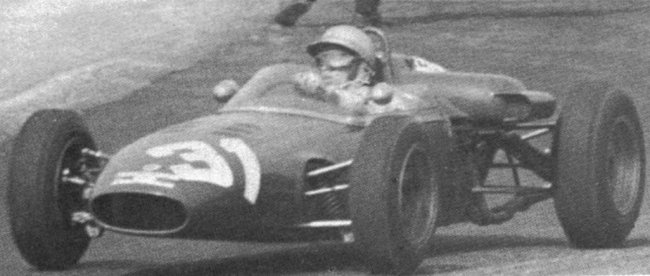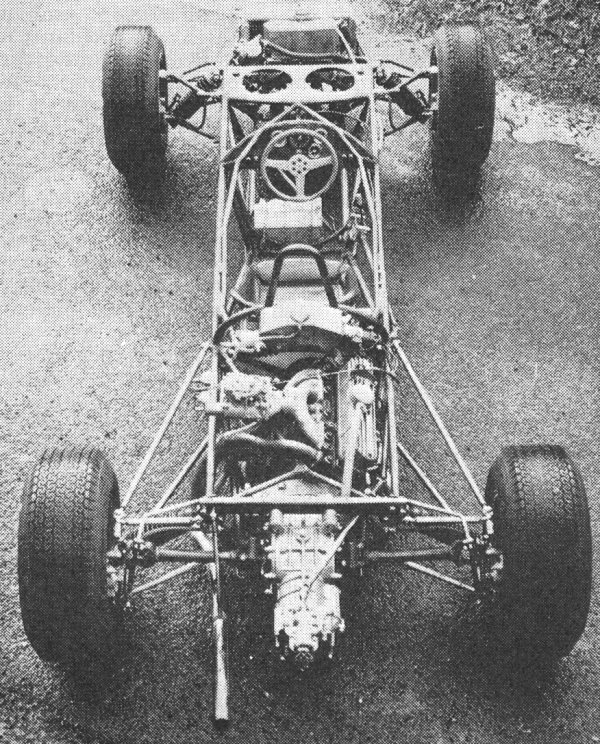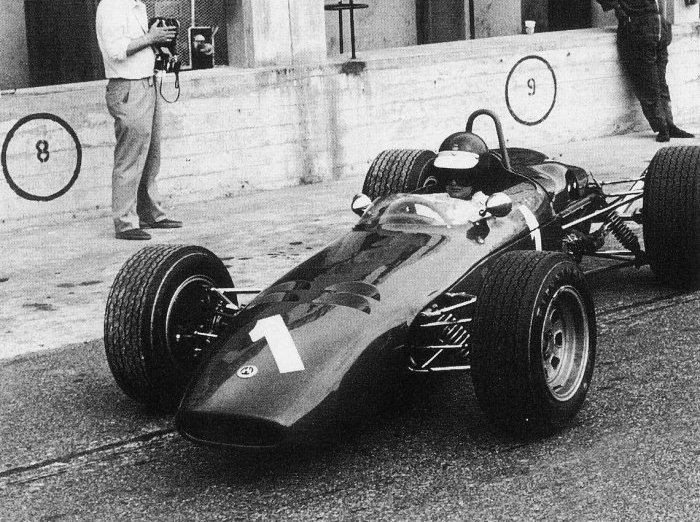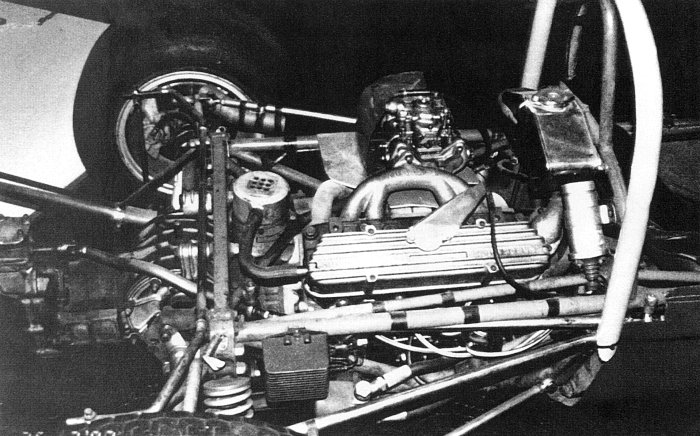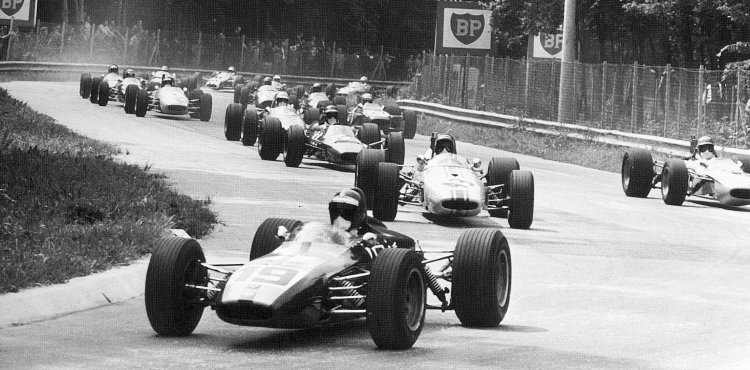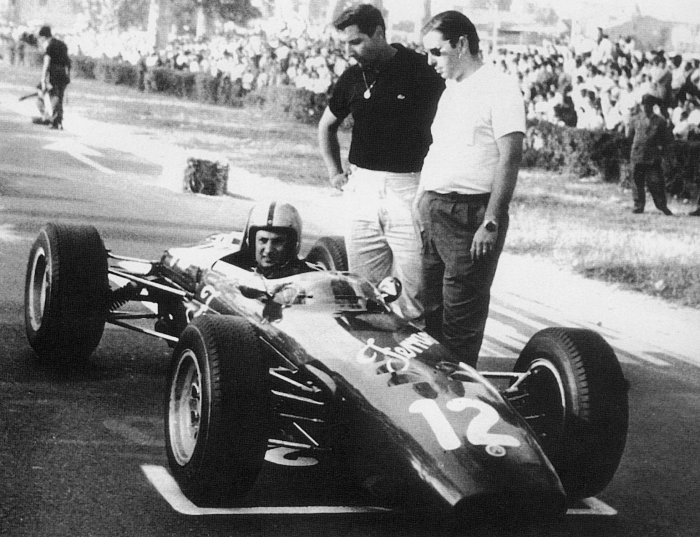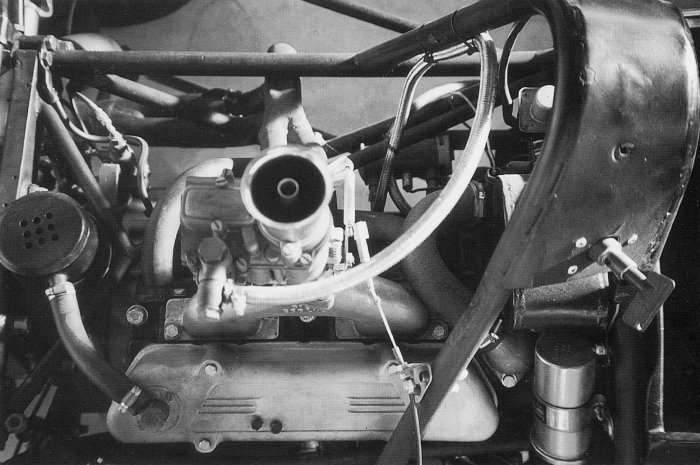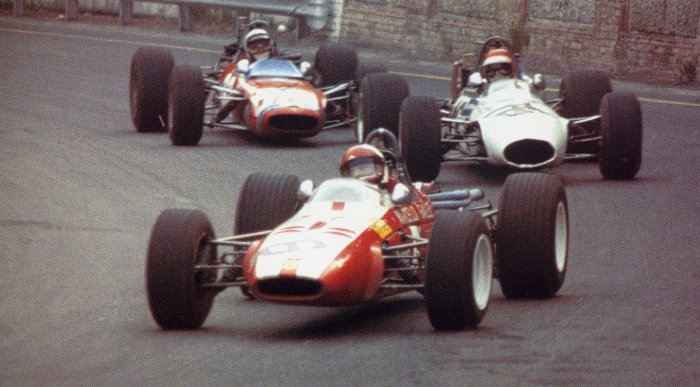de Sanctis
1964
1965
1966
1967
1968
1969
1970
1971
The De Sanctis name appeared a few times on the grid in early season Italian F3 races but it does not appear that they were new cars, rather they were older 1-litre cars uprated with 1600cc engines. However later in the year a 1600cc car did appear in the UK at some late season races were it ran in the lower half of the field.
Drivers
1964 Giovanni Ballico-Lay, Sergio Bettoja, André Durantou, Corrado Ferlaino, “Miro Gay”, “Geki” (Giacomo Russo), “Tiger” (Romano Perdomi).
1965 Massimo de Antoni, Franco Bernabei, Mario Casoni, Carlo Facetti, “Geki” (Giacomo Russo), Francesco Godia, Dino Marniga, Otelli Rinaldi, Nestor Salerno, “Tiger” (Romano Perdomi).
1966 Giorgio Alberti, Giovanni Alberti, Walter Froldi, Ignazio Giunti, Marco Macciantelli, Antonio Maglione, Giuseppe Piazzi, Otello Rinaldi, “Tiger” (Romano Perdomi), Jonathan Williams.
1967
Giovanni Alberti, Marino Benagli, Franco Bernabei, Jorge Cupeiro, Claudio Francisci, “Geki” (Giacomo Russo), Salvatore Genovese, “Gero” (Cristiano Del Balzo), Antonio Maglione, Carlos Martin, Manfred Möhr, Luigi Petri, Sverrir Thoroddsson, “Tiger” (Romano Perdomi), Jonathan Williams.
1968 Giovanni Alberti, “Droopy”, Jürg Dubler, Carlo Franchi, Claudio Francisci, Giancarlo Gagliardi, “Gero” (Cristiano Del Balzo), Luigi Petri, Pino Pica, Jonathan Williams.
1969 Claudio Francisci, “Gero” (Cristiano Del Balzo).
1970 Yuri Andreyev, Marcello Gallo, Ré.
1971 Sandro Cinotti, Carlo Franchi.
